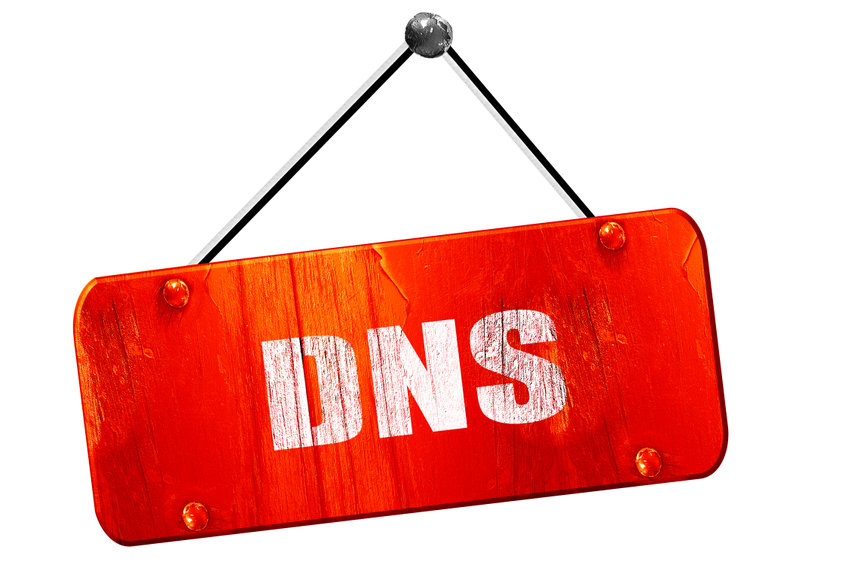Are you interested in the Domain Name System (DNS)? To get into this topic is like getting into another world—a tech one with its own rules and processes. If you are ready, just fasten your belt, and let’s go into DNS!
What is DNS?
DNS is a system, a naming database, for locating and translating Internet domain names into IP addresses. Think about it, like a directory or, more modernly, like your mobile’s contacts list where names and their corresponding numbers are correctly matched.
DNS directory is distributed worldwide, and it works daily, helping to search and reach the millions of existing domain names every day.
Domain Name System explained in details
What is DNS hierarchy?
DNS system is built hierarchically.
- Root Level. This is the highest DNS level, and here, root name servers live. They are the first step for resolving a domain name. They contain the world list of top-level domains.
- Site.com. The last dot on the right represents the root level.
- Top Level Domain (TLD). A level down the root one, where TLDs live (.com, .org., .net, .gov, .uk, .fr, .mx…). Site.com. Here .com is the TLD.
- Second Level Domain. This part usually refers to the organization that registered the domain name through a domain name registrar. “Site” in our example: Site.com.
- Subdomain. Additional parts of the domain name useful for organization and navigation around the different website’s sections. Blog.site.com.
How does DNS work?
Every time you search for a website through your browser, you start a trip into the DNS (Domain Name System) world, just you don’t realize it. On the Internet, computers have their own way of communicating. They use specific protocols to connect and reach others. What an IP address does is to identify the location of computers and to guide information going around computers.
Computers talk perfectly in such a numerical way. The problem is for humans. To memorize every long sequence of numbers needed to reach every website we want could be hard.
There is when DNS comes to the scene, for translating and searching requested websites through matching domain names with their corresponding IP addresses. Rephrasing, when you enter a domain name into the browser’s address bar, your computer looks for the IP address of the website so it can load it for you. And that is DNS in action!
Why is DNS so important?
Web browsing relies on DNS for fast locating an IP address in order to connect and access the content.
Besides, think that the Internet is used by millions of people around the planet, 24/7. Since more than one person can look for the same website at the exact same time, a domain name can correspond to more than one IP address (load balancing). For example, if 200 users look for “site.com” simultaneously, they can receive one of the pre-set IP addresses (different A or AAAA records) of different servers. In that case, the pressure of all that traffic can be balanced between the servers. If there are 4 servers, you can direct 50 users per each of them.
DNS enhances the agile web performance by saving IP addresses during a defined period of time. Think in an office where all employees have to access the same video, the same day. The local DNS server will have to find the domain name just once. Upcoming requests will be served out of its cache.
What is DNS used for?
- Making Internet searches agile and easy
- Domain names’ resolution
- DNS caching
- Load balancing
- Service’s routing
- E-mail servers (messages’ routing)
- Verification of services, servers, e-mails, and more
What tools to use for DNS queries?
You can check the nslookup command and how it can help you to make DNS queries to DNS servers and more. Really powerful tool.
Conclusion
There are free and paid DNS services. Paid will offer a more robust infrastructure, but a free one could be good for starters. Decide based on your business needs.


